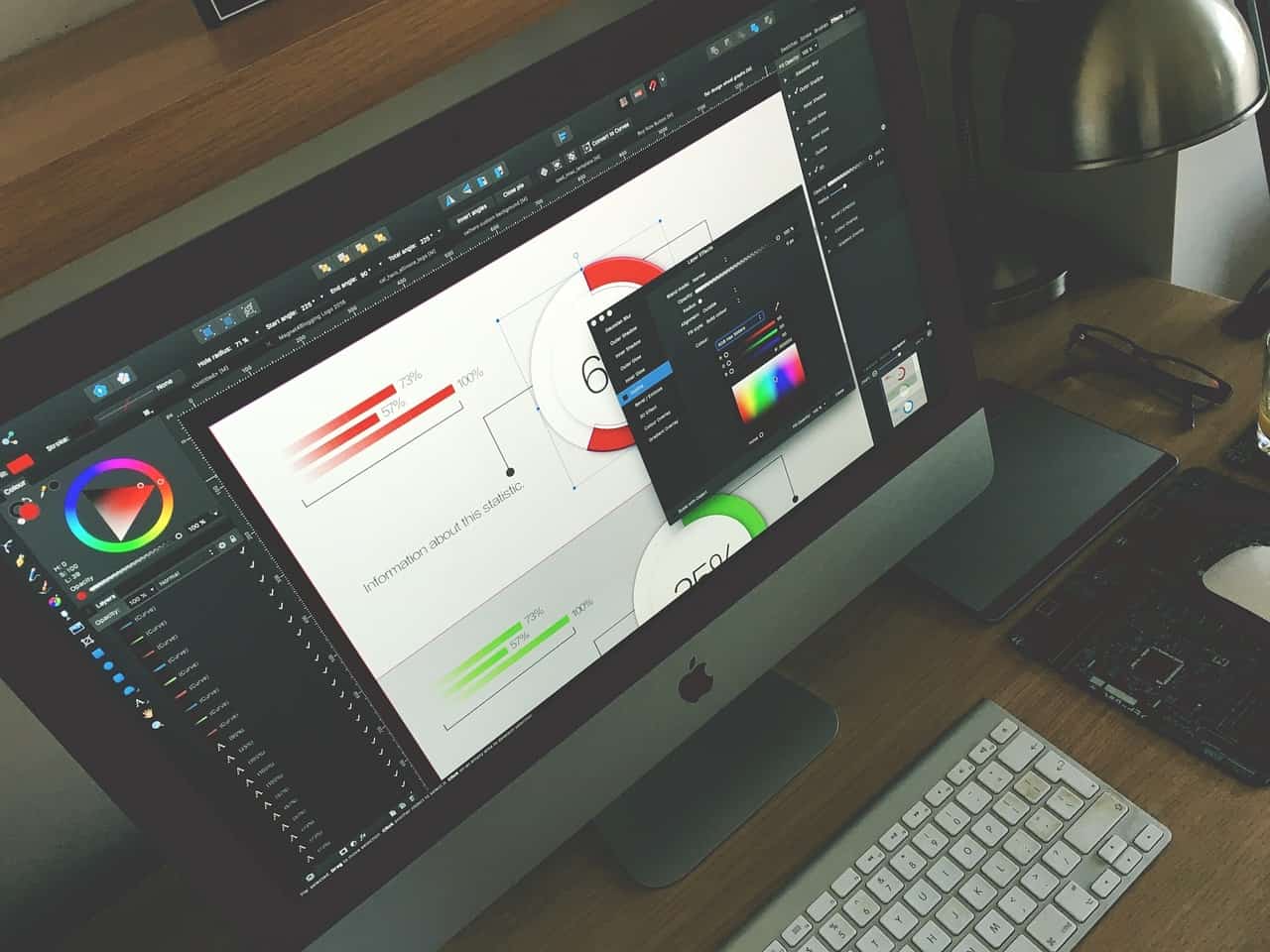Just launched your company? If you’re new to your industry, you may be looking for fast and cost-effective ways to build brand awareness and attract potential customers. If so, have you considered a lookbook?
The lookbook is sleek and professional-looking. Used by fashion models and designers for decades, it is now popularly used in a range of professional sectors. Focusing on striking images and minimal content, you get the opportunity to show your products and services in a way that’s sleek, stylish and professional.
If you’re keen to get started on designing a lookbook, you may want to check out budget-friendly techniques and money-saving tips first! Browse this lookbook guide from printing and personalised wallpaper supplier, Precision Printing for details…
Essential components of a lookbook
What goes in a lookbook? Although these are versatile and can adapt to any industry, there are a few key features you should include regardless of your brand:
- Interesting cover.
- Exceptional-quality imagery.
- Functional navigation.
- Enticing product/service descriptions.
- Key contact details.
Front page
Like with a newspaper or magazine, the front cover is the first thing your reader spots, so it’s vital that you make this as eye-catching and interesting as possible. The objective of the front cover is to grab attention, so it must have attractive images, good use of colour and an enticing title to draw in the reader. Cover pages typically detail the month and year and, if it’s not in the title, you need to have your brand name and logo somewhere here, too.
Layout and navigation
The ordering of each page in your lookbook is another key factor of its credibility and ultimate success. You want to create a good experience for your potential customer, which means that making sure it flows without interruption.
Which products and services complement each other? Which are completely different? Putting similar items together means that someone looking for a particular product or needing a particular service won’t have to go back and forth through the lookbook to browse what they need. If you offer both goods and services, keep these separate, and try to section off connected articles into clear categories to deliver consistency and avoid making your lookbook appear disjointed.
Photos
The promotional lookbook depends on its images — include poor-quality, uninteresting photos and you may lose your audience. Make sure the photos you put into your lookbook are professionally-taken and of the highest quality (i.e. consider: props, lighting, colour, setting, and image resolution). If this is one of your first print marketing campaigns, you don’t want any mistakes.
There are also a few photography methods you can use to add professionalism to your lookbook. Whitespace is a modern photography technique used to create a focus point and highlight a particular part of the page — excellent for emphasising a product, but use it sparingly.
A professional photographer will be able to take quality snaps, but it will cost you extra in terms of budget. Instead, do these yourself, but just remember to check that you have exclusive rights for everything you include if they aren’t all original images.
Descriptions
The idea of a lookbook is to show the reader why they should go for your brand when making their next purchase. However, copy remains important and a lookbook will feature product/service descriptions and perhaps a brief brand description so everyone knows what you’re about and what you offer. When writing for your lookbook, ensure that the copy is:
- Appealing: to attract customers.
- Concise: to avoid boring your audience.
- Valuable: your reader should not finish your lookbook needing more information.
- Interesting: to grab and hold attention.
Lookbook content is vital to founding a good customer-business relationship. Use professional language to convey your reliability, but try and adopt a chatty tone to come across as approachable. Avoid using very long words and sentences — these sound stuffy and clumsy — and keep your product descriptions between 30 and 60 words in length to avoid taking focus from your images.
Details
What’s the point of your lookbook if you don’t tell the reader how to reach you? If you’re a new company on the scene, you’re going to have to shout about where new customers can get in touch with you. Make sure you include:
- Email address.
- Phone number.
- Shop address.
- Social media addresses.
Lookbook printing options and final preparations
When your lookbook is designed and you’re happy with the final version, you must get in touch with your print company. Chat with your printing specialist about the type of paper stock and finishes that might look good, then ask to see a few samples to get a better idea.
And finally, proofread every section of your lookbook to make sure there are no errors — including the copy, photos, product names, contact information, and prices. After it’s printed, get your lookbook out to as many potential customers as you can!
Start-ups looking to gain a stronger foothold on their industries should seriously consider creating a lookbook in order to introduce themselves professionally and leave lasting impressions.
Sources:
https://www.readz.com/create-lookbook
http://www.creativebloq.com/print-design/self-promotional-brochure-11135260

